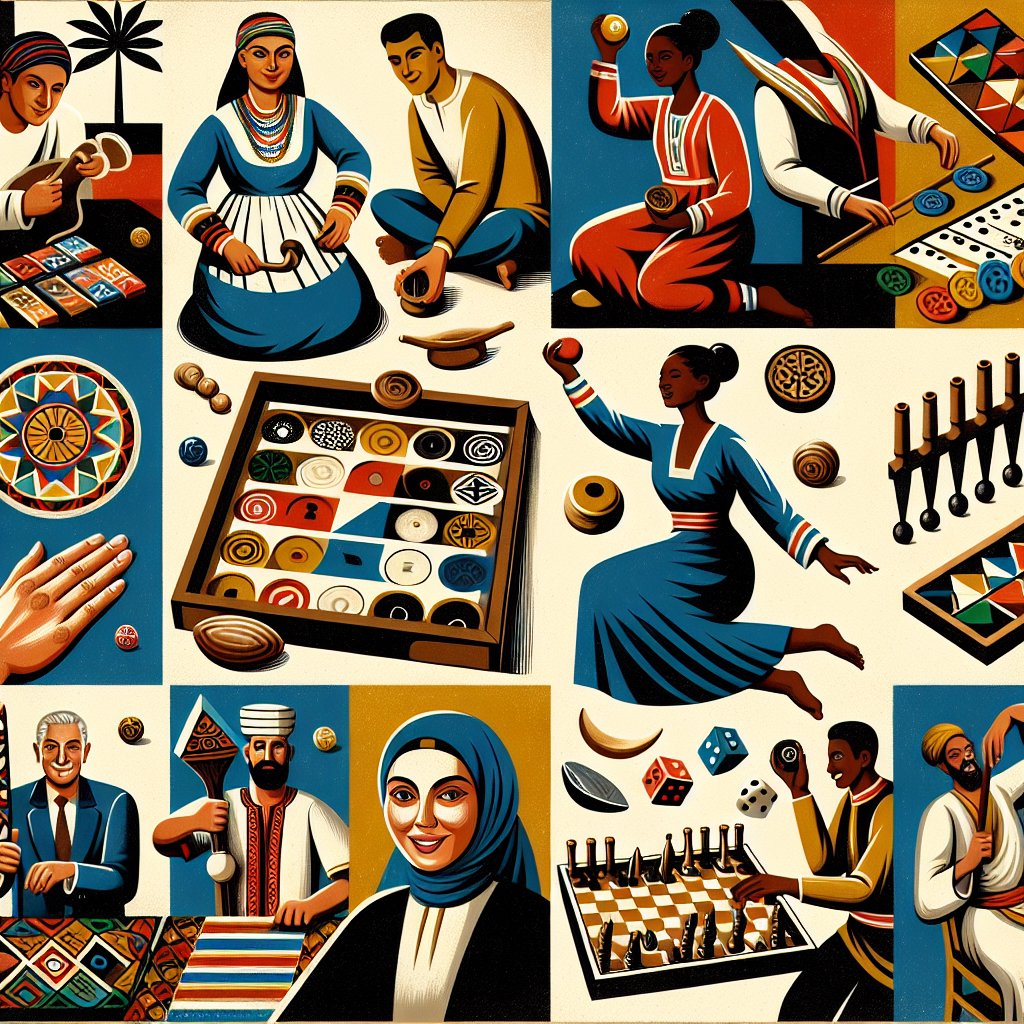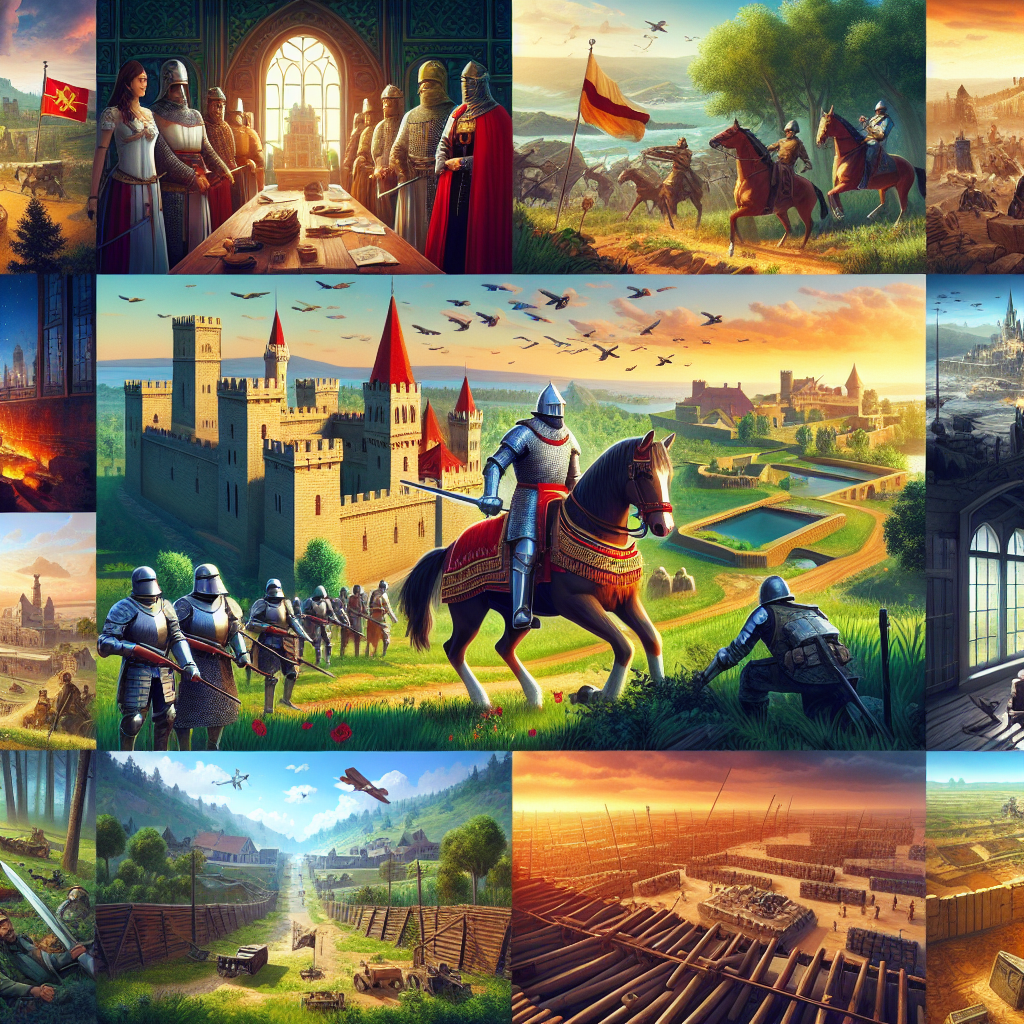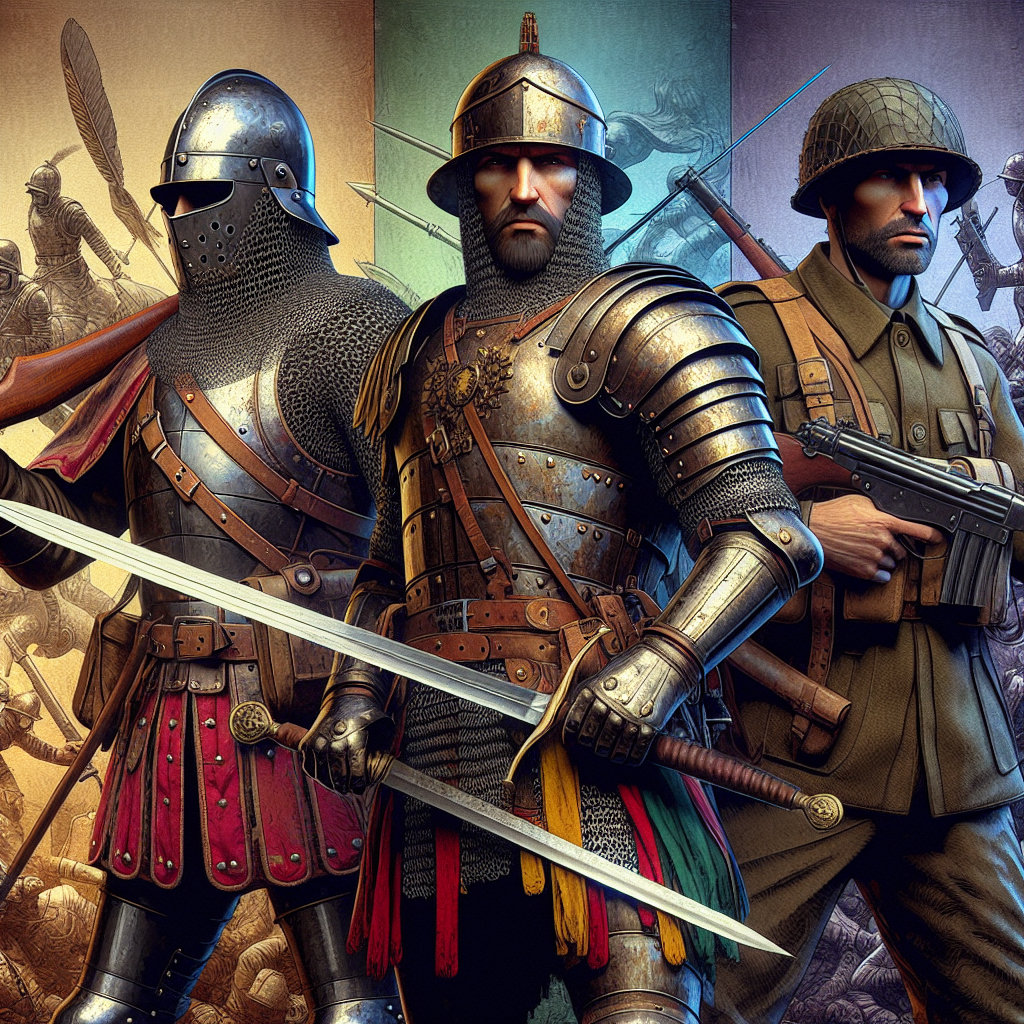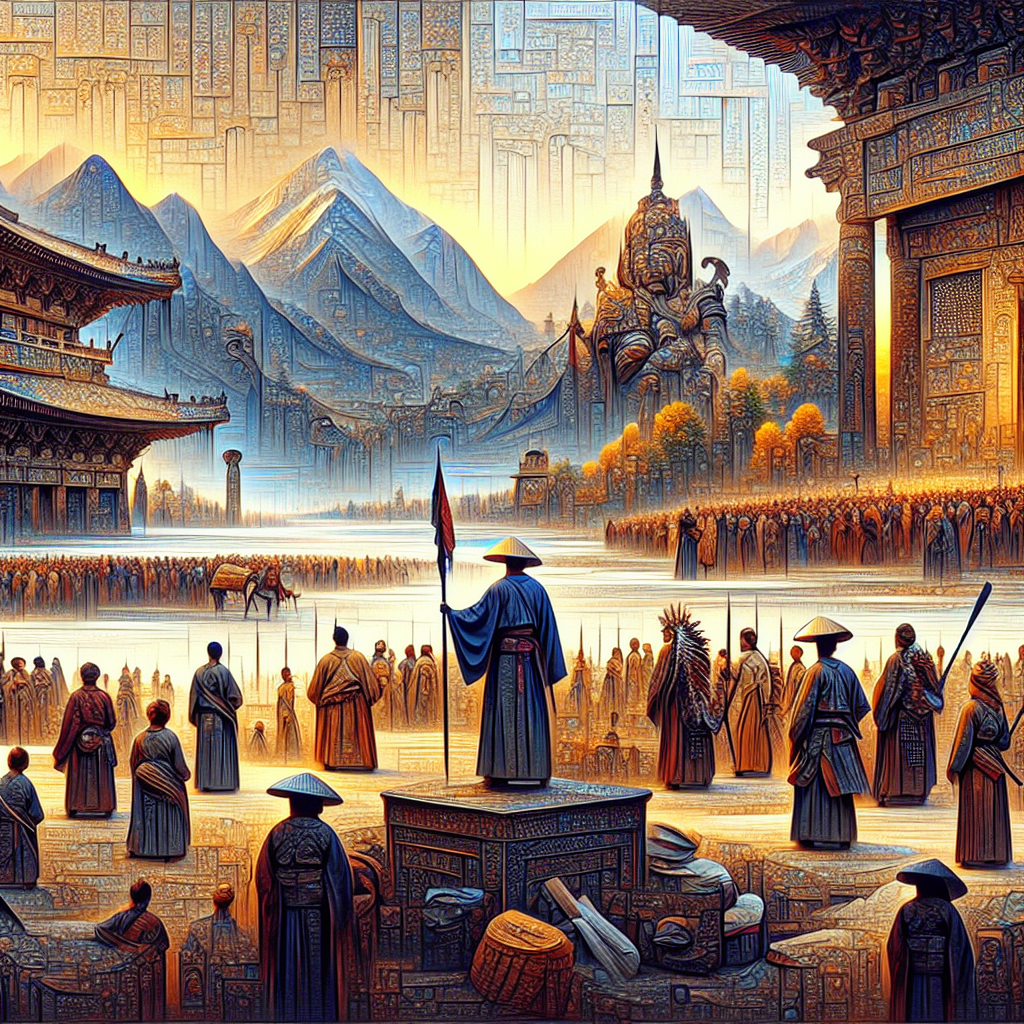Games in cultural preservation serve as vital tools for maintaining and sharing traditions, stories, and values across generations. As societies evolve, these games often provide a unique lens through which we can understand and appreciate our cultural heritage. Through interactive play, communities are able to engage with their history in meaningful ways, ensuring that important narratives are not forgotten.
The Historical Significance of Games
Games have been part of human culture for centuries, often reflecting the values and beliefs of the societies in which they originated. Traditional games, such as chess, Go, and various indigenous sports, encapsulate the essence of their respective cultures. They serve not only as entertainment but also as educational tools that communicate history and social norms. By engaging with these games, players can learn about the customs and traditions that shaped their ancestors’ lives.
In many indigenous cultures, games are a form of storytelling. They convey morals and lessons that are crucial for community cohesion. For instance, the Inuit game of ‘Blanket Toss’ is not just a source of fun but also a way to bring people together and reinforce social bonds. This highlights how games in cultural preservation can foster a sense of identity and belonging.
Modern Technology and Cultural Games
With the rise of digital technology, games have evolved, becoming more accessible and widespread. Video games, in particular, have the potential to reach global audiences, allowing for the dissemination of cultural narratives in innovative ways. Many developers are now creating games that are rooted in cultural themes, folklore, and ancient practices, thereby introducing players to unfamiliar cultures.
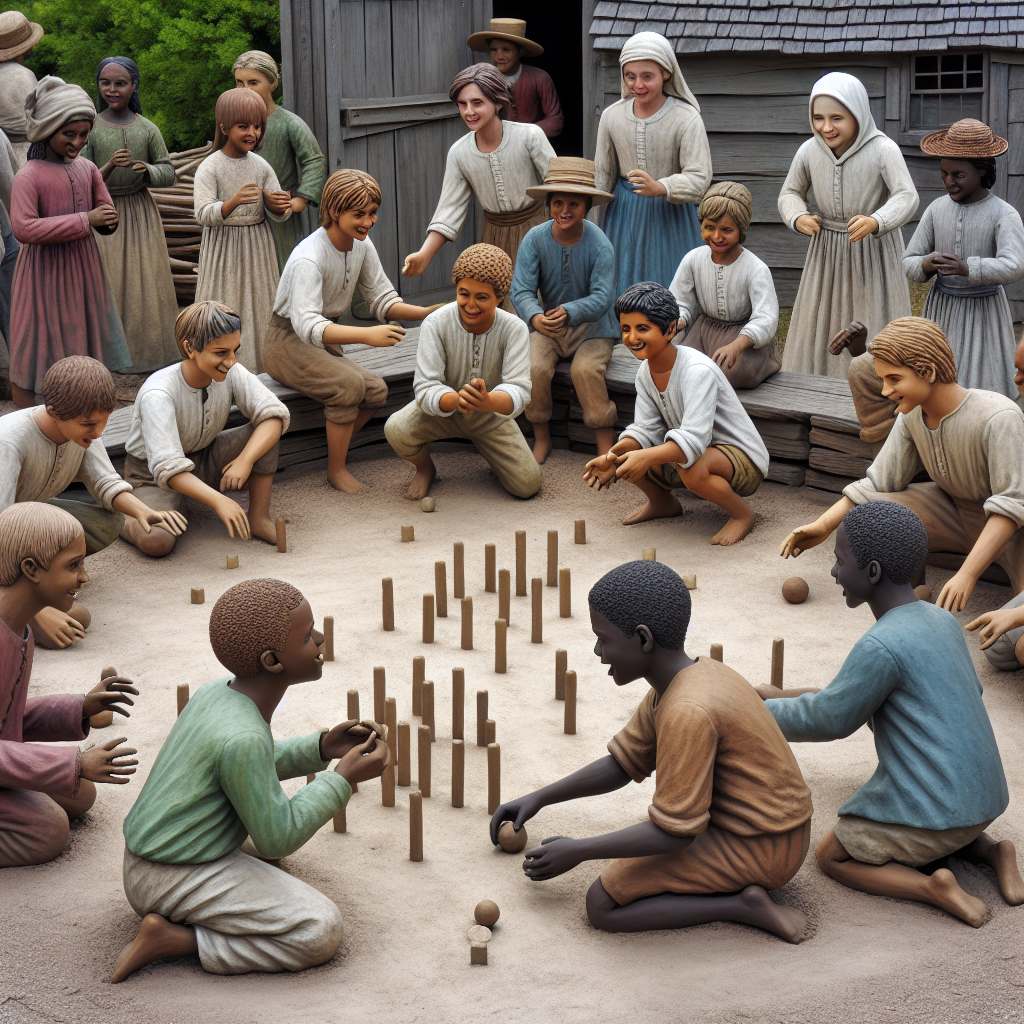
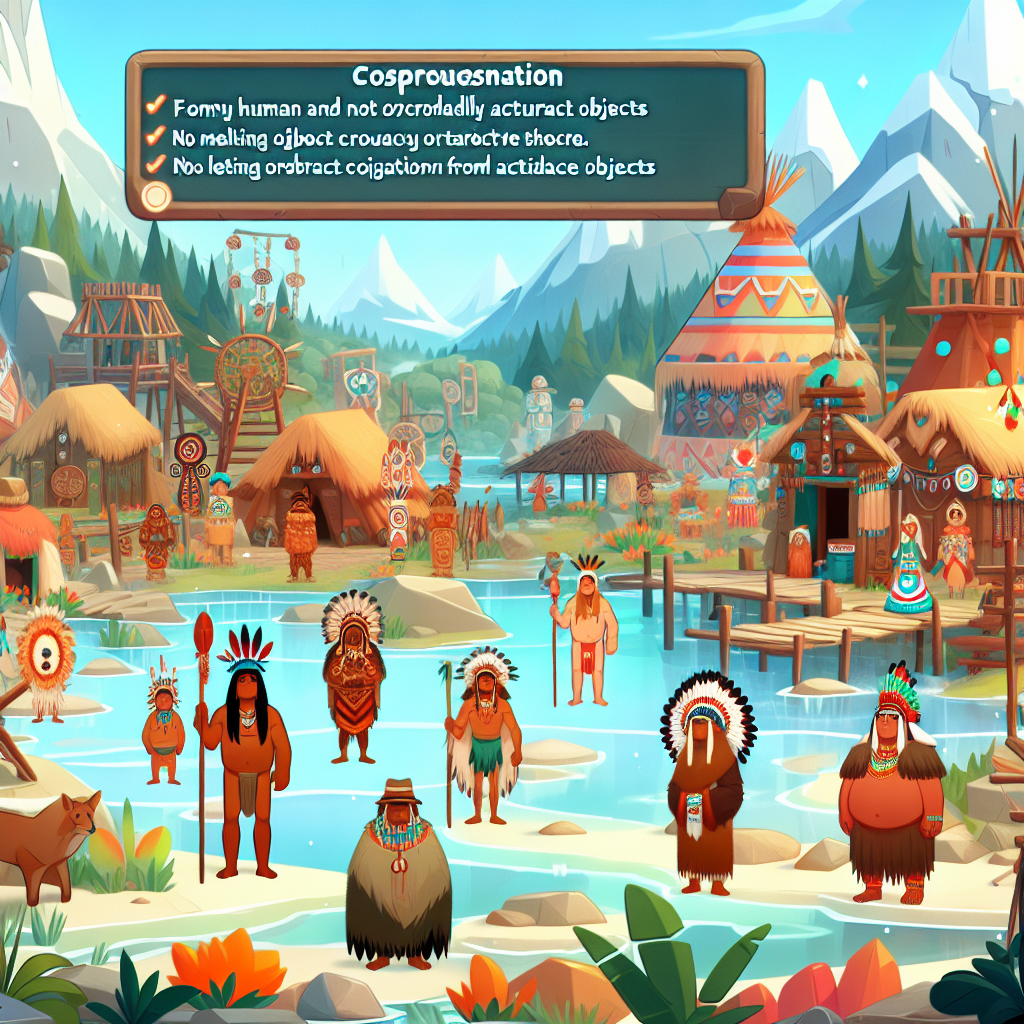
For instance, games like ‘Never Alone’ (Kisima Inŋitchuŋa) immerse players in the stories of the Iñupiat people of Alaska. By incorporating traditional narratives and visual styles, these games not only entertain but also educate players about indigenous cultures. This fusion of play and education is crucial for cultural preservation as it encourages players to explore and understand the nuances of different societies.
The Future of Games in Cultural Preservation
As we look to the future, the role of games in cultural preservation will likely continue to expand. With ongoing advancements in technology, such as virtual reality and augmented reality, the potential for immersive experiences will grow. These technologies can bring historical events and cultural practices to life, allowing players to experience them firsthand.
Furthermore, community-driven game development is likely to rise. Local artists and storytellers can collaborate to create games that reflect their culture authentically. This grassroots approach ensures that the narratives remain true to their origins, allowing for a richer and more accurate representation of cultural heritage.
In conclusion, games in cultural preservation are more than just entertainment; they are powerful mediums for storytelling, education, and community engagement. By embracing both traditional and modern gaming forms, we can ensure that our cultural legacies are preserved for future generations to explore and enjoy. The interplay between games and culture will continue to evolve, highlighting the importance of preserving our shared heritage through play.
Some content and/or images on this page were created using AI.

